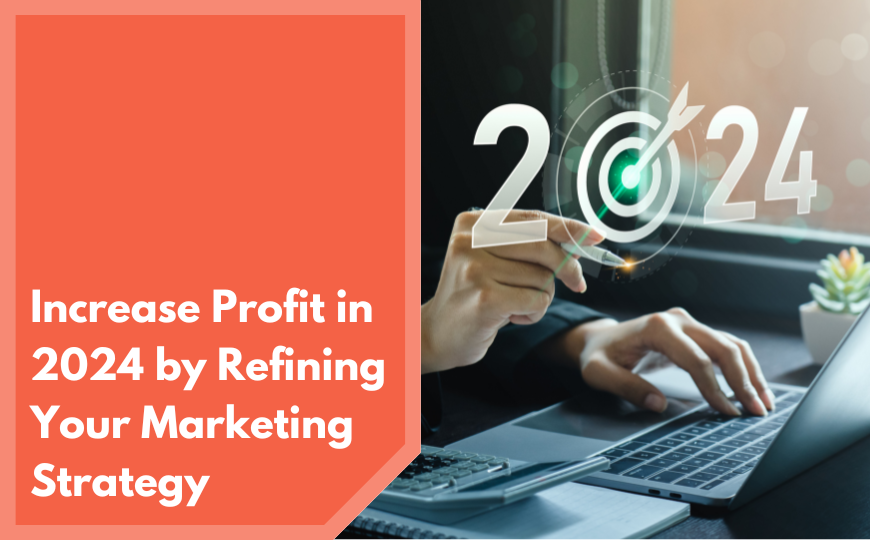Increasing in popularity, the 2015 online marketing buzzword is predicted to be Programmatic Advertising (AKA – Automated Buying, Programmatic Marketing, Machine-Based Buying and many more). As you may have noticed, the internet is plagued with even more definitions of Programmatic Advertising than there are AKA’s. To ensure we are starting from the same place, I will be talking about Programmatic Advertising using Google’s definition.
“It is the practice of using technology and audience insights to automatically buy and run an ad campaign in real time to reach the right consumer with the right message in the right context. Regardless of the goal, programmatic buying means simple, efficient, effective transactions.”
Although the possible benefits of Programmatic Advertising have the potential to overshadow the costs, with any type of advertising Programmatic Marketing comes with risks. This article will discuss the good, the bad and the ugly of Programmatic Advertising or Programmatic Buying.
The Good
Some of you may remember the days, long ago, when advertising choices were pretty much limited to TV, Radio, billboards and print. I will admit that sometimes I allow myself to reminisce about these days as being the simpler, less stressful days of advertising. However, this is not reality. There is one consistent challenge with advertising that has always existed and resulted in much stress and complexity – the inability to know with uncertainty that your message is getting to the right people at the right time.
Before the internet, it was not likely this challenge would be solved, arguably impossible. So, even though today technology has opened up limitless choices of advertising it has also made available data to help advertisers make better decisions with their dollars through programmatic buying. Programmatic advertising uses real-time data to give marketers the ability to maintain a consistent view of how consumers interact with their messages across multiple devices and platforms.
This information can then be used to keep a client or brand at top of mind for consumers. In addition, specific profiles can be developed to understand demographics and behavior patterns for users most likely to be interested in and purchase their product or service. These data points are all mapped out to provide advertisers a specific plan on when and where to advertise in order to get in front of their target market at the right time.
The Bad
Programmatic buying isn’t a new concept. In fact, it’s been around for many years. So why is Programmatic advertising just now becoming so popular? One reason (which I believe to be the lesser contributing factor and will discuss more in the Ugly section) is that early-on programmatic buying developed a justly negative connotation with marketers. However, in my opinion, a more likely reason for this long awaited adoption to the concept of programmatic marketing is that most advertisers just weren’t ready for the technical complications and uncertainty that comes with programmatic buying.
Don’t get me wrong, programmatic marketing still elicits many concerns related to technical complexity, quality, transparency, data security and fraud. The difference is that today, more so in the past, these concerns are being addressed. Addressing these issues, along with providing education, will be crucial to the continued growth of the programmatic buying trend.
The Ugly
The first time I heard the term “programmatic buying”, more than 5 years ago, it was in a high cautionary context. At that time, the perception was that the only ones benefiting from programmatic buying were media companies, with inventory to sell. Whether it was true or not, the belief for most in the advertising field was that these media companies were buying up ad space that nobody else wanted for very cheap prices and then selling it by impressions to marketers. Even though this advertising space was very cheap to buy, early data was not available to know if messages were getting to the right audience.
Without this data, many advertisers found this method to be unsuccessful. Today, we have come a long way in being able to acquire the data needed to ensure programmatic marketing campaigns are successful; unfortunately, there are still media companies that are more interested in selling their unwanted online real estate than using data to ensure your ads are showing to the right audience at the right time.
It’s not a secret that marketing is most effective when you get the right message, to the right person, at the right time. The challenge is and has always been achieving these 3 R’s accurately, in real time, and at scale. Traditionally, the only options advertisers had were to choose from a few mediums that would put their message in front of generic segments and hope for the best. Today, that’s changing with programmatic buying technologies that leverage data to automate marketing across channels, achieving higher levels of targeting, relevance, efficiency and impact.
If you are ready to learn more about Programmatic Advertising and how your company can benefit contact DirectiveGroup. We are here to help you grow your business and revenue.





